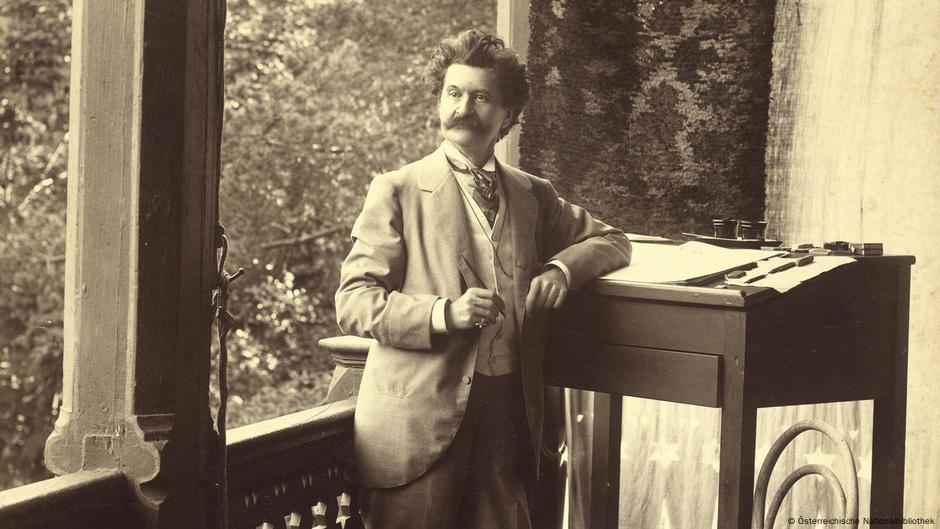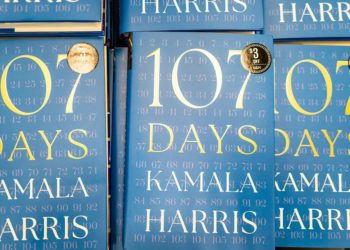To this day, Johann Strauss II is known the world over as the “King of Waltz.” Even back in the 19th century, his dance music in three-quarter time made crowds go wild and won the hearts of women around the globe.
Johann Strauss was a of his time, drawing large audiences of young people and filling up ballrooms. The violinist and composer performed for the Tsar’s family in and even toured the . With his violin in his hand, he electrified listeners and even had his own merchandizing, including special accessories and memorabilia.
He composed his famous waltz, “The Blue Danube,” for the 1867 Paris World’s Fair.
He attained worldwide fame in 1872 through his performance at the World Peace Jubilee festival in Boston. At that concert, he conducted an orchestra of 20,000 musicians before an audience of 100,000. To achieve this feat, Strauss enlisted the help of 20 other conductors.
Even 200 years after his birth, the composer still has the city of Vienna enraptured. Numerous events have been organized for his 200th birthday year, including the premiere of a ballet by the same name by director-choreographer Roland Petit on November 18 at the Vienna State Opera, as well as exhibitions and the end of season concert of his operetta “Die Fledermaus” (The Bat) at the .
Vocation: Superstar
With the help of his family, the Viennese composer Johann Strauss built a huge entertainment empire.
“Strauss pursued his career and lifework with tremendous passion, late on into the night,” explains Marko Deisinger, a research assistant at the Department of Music of the Austrian National Library.
To celebrate the composer’s 200th birthday, Deisinger helped organize the exhibition “Vocation: Superstar,” which also includes letters and photos of the composer.
The pressure to perform and the long nights eventually took their toll on Strauss. He collapsed on stage many times and would seclude himself for days on end. “A newspaper article referred to his ‘tense nerves.’ His brother would often take his place at concerts he was supposed to be conducting,” says Deisinger.
In the shadow of his father
The lengths had to go to in order to obtain his standing in the music business were tremendous. He was born on October 25, 1825, in Vienna to parents who would soon get divorced. His father, Johann Strauss (Senior), was a distinguished conductor and composer of Viennese light music, consisting of waltzes, polkas and galops, including his famed work titled the “Radetzky March.”
The younger Strauss stood in the shadow of his father, who didn’t want his son to pursue a career in music and forbid him from performing. After his father died in 1845, Johann Strauss II gradually managed to make a name for himself in the Viennese music scene. His mother tended to business matters, and his brothers, Josef and Eduard, were also involved in the family’s music business.
Sympathy for the revolution
“He had a keen sense for cultivating professional and social relationships, which ultimately led to his success,” says curator Marko Deisinger. “His home was a meeting place for prominent figures from the world of culture.”
Strauss was as close to as he was to Wagner’s musical antipode, who had good connections with music publishers.
The only thing that slowed Strauss’ career somewhat were his two waltzes, “Freiheitslieder” (Songs of Freedom) and “Revolutionsmarsch” — his tribute to the March Revolution of 1848. “That’s when he fell out of favor with the courts,” says Deisinger. It is believed that because of this, his first two applications for the important position of Royal Court Ball Director in Vienna were rejected. It was not until 1863 that he was accepted.
Inner turmoil and mood swings
While Johann Strauss enjoyed great success in Europe, Russia and the US, he was also tormented by self-doubt and inferiority complexes. This is evident in letters to his wives. The composer was married a total of three times. Some of these letters are in the collection of the Austrian National Library.
One highlight is a letter from 1882 to his second wife, Angelika, known as Lili.
“The letter is incomplete, but in it we discovered a caricature he drew of himself that had been previously unknown,” explains Deisinger. Strauss had drawn himself in tears; his wife wanted to leave him, and eventually did. “The drawing illustrates his state of mind,” says Deisinger. “He has a look of sadness, he’s not wearing pants and you can see his thin, bony legs,” is how the curator described the image. He explains that this vulnerable self-depiction is about a loss of control, wounded masculinity and the composer’s desire to be loved.
Strauss had written similar letters to his former lover, Olga Smirnitskaya. From 1856 onwards, he had traveled for many years to Pavlovsk near St. Petersburg to play for the Tsar and Russian nobility. It was there that he met Olga. “In the letters, you can observe similar mood swings, and it’s quite rapid how he changes from one emotion to another,” Deisinger explains. Strauss depicted their tragic love story in his stirring waltz “Reiseabenteuer” (Travel Adventures).
Strauss’ waltzes co-opted by the Nazis
Until 1870, Johann Strauss wrote popular dance music such as waltzes and polkas, then he turned his attention more to the stage and composed well-known operettas such as “Die Fledermaus” (The Bat), “Der Zigeunerbaron” (The Gypsy Baron) and “Eine Nacht in Venedig” (A Night in Venice). However, his only opera, “Ritter Pasman” (Knight Pazma), was not successful.
The for their political propaganda as traditional German folk dance. During the Second World War, Johann Strauss’ cheerful waltzes served as a distraction from the horrors of war.
For this reason, Nazi propaganda minister that referenced Johann Strauss’ Jewish origins. Goebbels simply had the entries deleted.
To this day, Strauss waltzes are still played at the traditional New Year’s Concert of the Vienna Philharmonic Orchestra. Ninety public television stations broadcast the concerts worldwide. They can be heard in Europe, Japan, China and the USA, as well as in Brazil, the Caribbean islands and Kenya.
This article was originally written in German.
The post 200 years of Johann Strauss: Vienna’s first pop star appeared first on Deutsche Welle.




